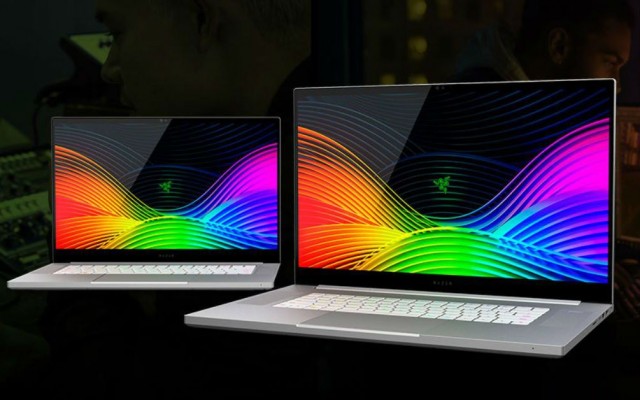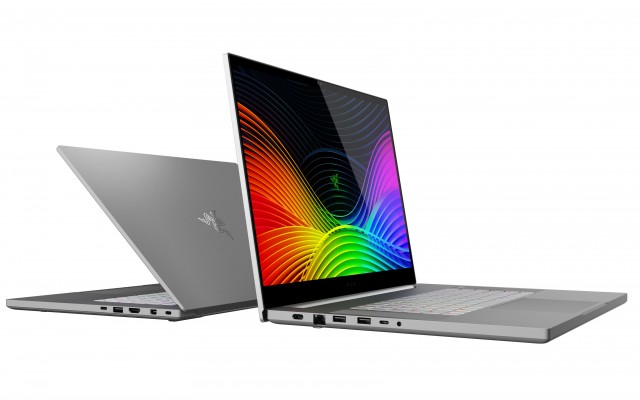Razer Shifts Gears with New Blade Studio Edition Laptops
Razer just became the latest laptop maker to target creators with its new Blade 15 Studio Edition and Blade Pro 17 Studio Edition laptops. Not only do these notebooks mark a move away from Razer's core gaming audience, but they are also part of the first wave of Nvidia Studio-branded laptops, or systems specced specifically for creators.

Revealed shortly after Nvidia announced new Quadro RTX GPUs, these two systems are upgraded versions of older models, and now come outfitted with the new components. The Turing-based GPUs housed within these machines were designed to offer workstation-class performance in a relatively slim package.
The Razer Blade 15 Studio Edition comes with a 4K OLED touch screen, along with an Intel Core i7-9750H CPU and the new Quadro RTX 5000 GPU. If you want more screen real estate, the Blade Pro 17 Studio Edition will have the world's first 4K, 120Hz display and be armed with an Intel Core i9-9880H CPU and Quadro RTX 5000 graphics. Both models will come with up to 32GB of RAM and 1TB of NVMe storage.

Razer stepped back from the gamer aesthetic of its other laptops and gave the anodized aluminum on these Studio Edition notebooks a clean, Mercury White finish.
There are still plenty of details we don't know about the Blade 15 Studio Editon and Blade Pro 17 Studio Edition, including pricing. However, we do know they'll launch sometime this Fall, so check back in a few months for our full review.
MORE: Which Razer Laptop Is Right for You? Blade vs Stealth vs Pro
Stay in the know with Laptop Mag
Get our in-depth reviews, helpful tips, great deals, and the biggest news stories delivered to your inbox.
Phillip Tracy is the assistant managing editor at Laptop Mag where he reviews laptops, phones and other gadgets while covering the latest industry news. After graduating with a journalism degree from the University of Texas at Austin, Phillip became a tech reporter at the Daily Dot. There, he wrote reviews for a range of gadgets and covered everything from social media trends to cybersecurity. Prior to that, he wrote for RCR Wireless News covering 5G and IoT. When he's not tinkering with devices, you can find Phillip playing video games, reading, traveling or watching soccer.

